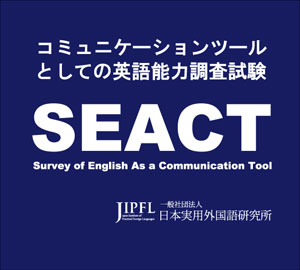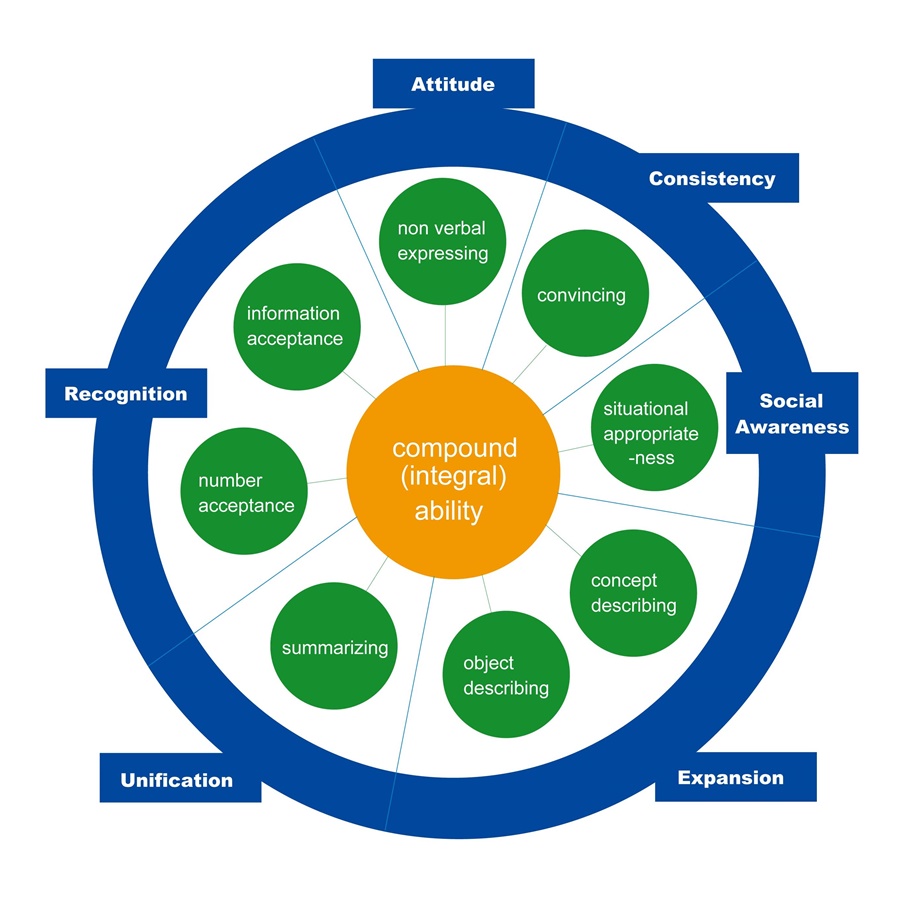What is the meaning of learning English for business people?

At the very beginning,let me ask you a question. Do you expect Language Village to teach business skills or English skills? If it is the former, unfortunately, Language Village cannot help you much. Language Village is not offering a place to improve business skills, but rather offering an environment to improve the English skills of Japanese business people.
We want you to realize this point as you consider your English training program because we do not want your company to use your precious time and money in vain by misunderstanding our mission.
The trap of stylizing business

All of the hours in Language Village are created according to the concept of “Fusion of daily life and English. ”Many Japanese people tend to think of the concepts of daily life and the applications of English as totally different ideas.
In other words, they try to stylize the concept of business as a kind of packaged good.
If simple packaged lessons, such as “Business English” are given to them, they may feel relieved because they do not have to worry about anything else.
Therefore, most English schools in Japan tend to offer “Business English” courses because they are in-demand. However, what is the result of this tendency? It is apparent that most companies tend to use their precious time and money in vain. To stylize business as a packaged good is just like regarding business as something close to a speech contest, which means stylizing what to say in advance, practicing the lines many times, and reproducing them in a controlled environment. However, real business is never like this.
All business people should know that real business conversations rarely proceed as they are planned. More precisely, business is a part of human life and it should be regarded, similarly to things in daily life, as unpredictable.That is why Language Village commits to offering an environment which fuses the students’ English study with their daily life.
The Survey of English As a Communication Tool

This test is designed to evaluate communication ability in English over the internet, through Skype, with certified examiners.Generally speaking, Japanese people, who have only had Japanese English education, are very good in the areas of grammar and vocabulary but are very weak at verbally communicating and using these tools.
The reason is that they only study English as an academic subject and have few opportunities to speak it during their education.
Until a few decades ago, the high quality of Japanese products attracted many foreign people from all around the world to Japan. So, Japanese companies had only to wait for foreign people to come and buy them. That meant they did not need to communicate with foreigners in English. However, these days, the situation has changed. The world has become wide open and many developing countries are now equipped and able to improve their economies. Japan can no longer survive without changing its attitude.
Now, Japan needs to sell its products to the open world, relying on our own English skills. Many companies have begun to notice this fact and are making their employees study communicative English. Nevertheless we are facing a lack of system for adequate evaluating communicative English. We currently rely on the TOEIC test, which is either paper- or computer-based, and is inadequate for the evaluation of communicative English. It is only good for the evaluation of vocabulary and grammar, or for evaluating test-taking skills. So, we devised the SEACT test to change the Japanese attitude toward studying English.
How do we evaluate communication ability?

What is the evaluation of communication ability in concrete terms? Before considering this matter, we first have to define the meaning of “communication ability”. Is real communication based on whether or not the communicators know knowledge of vocabulary and grammatical rules? It would be logical to say that this is not true if we consider our daily lives. We usually judge communication as “perfect” if we can make others understand us, even if we cannot create perfect sentences using particular words and grammar.
On the contrary, even if we know such things, and we cannot create the context through smooth sentences, we will be evaluated as uncommunicative people. It often happens that a speaker with extensive vocabulary becomes uncommunicative because they are not sure of their accuracy while speaking.
Current tests check how much grammatical knowledge examinees have to an endless extent, and, if the tests show that they have it, the examinee is declared to have the ability to create accurate context based on a statistical presumption. Why is this so? Of course, to create accurate context, they need a minimum knowledge of essential vocabulary and grammatical rules. Having above this level is a convenience but not a necessity.
Our point is that the evaluation of communication ability should be done on a criteria of whether or not people can create an accurate context, and not only on the extent of their knowledge of vocabulary and grammar. A limitation of judgement then bocomes evident, because the judgement of whether an examinee can create the context or not can only be made by humans. Therefore, a system which does this cannot be mass produced. Additionally, it must be noted that judgements which are made by humans are subject to bias.
We acknowledge this weak point and endeavor to minimize it, within a reasonable range, by creating a system which maintains objectivity and fairness. The SEACT test scoring system was created with this in mind.
Nevertheless, this is still difficult to accomplish because the concept is abstract. We think it necessary to make it compassable by disassembling so called “communication ability” into as many elements as possible. After deep consideration, we found that it could be disassembled into 9 elements, allowing communication ability to be defined as an aggregation of these 9 individual elements. Therefore, the SEACT test judges communication based on the 9 different elements that are shown in the chart above.










